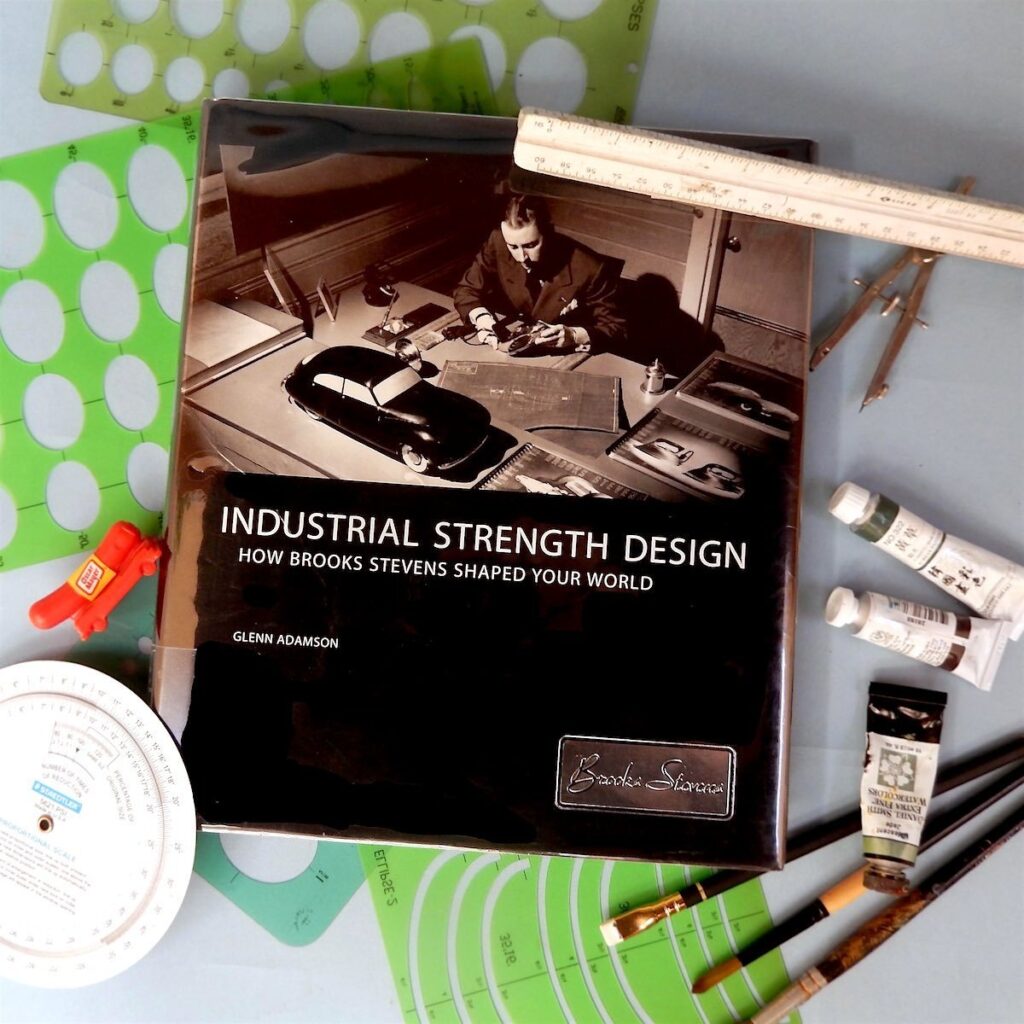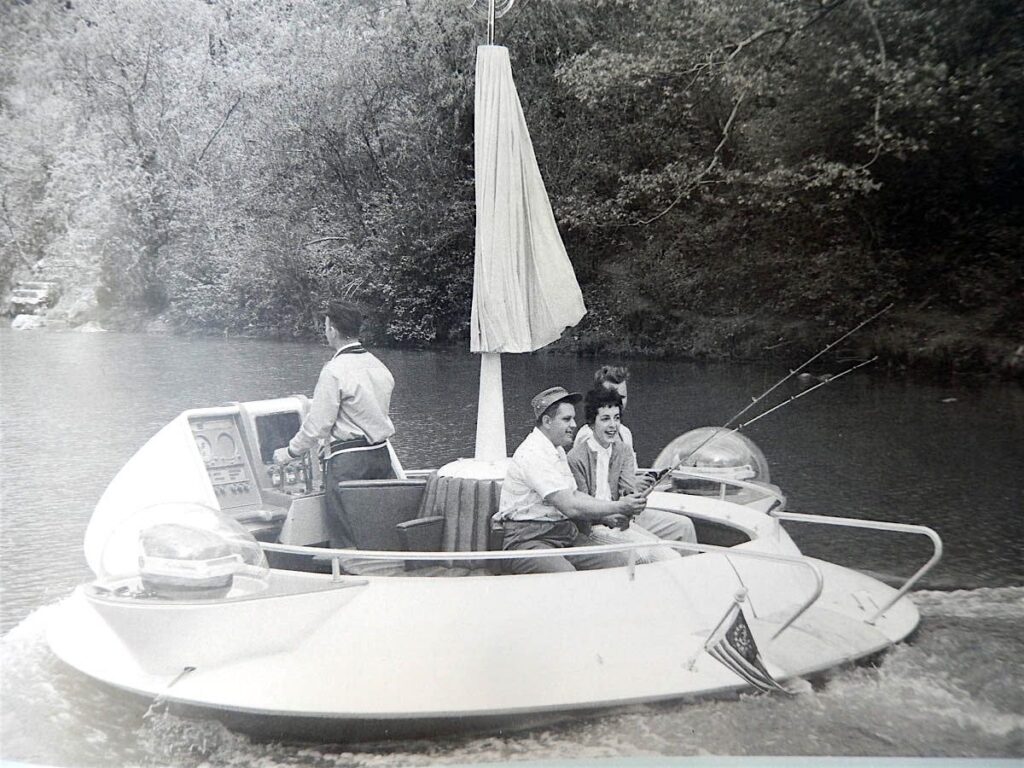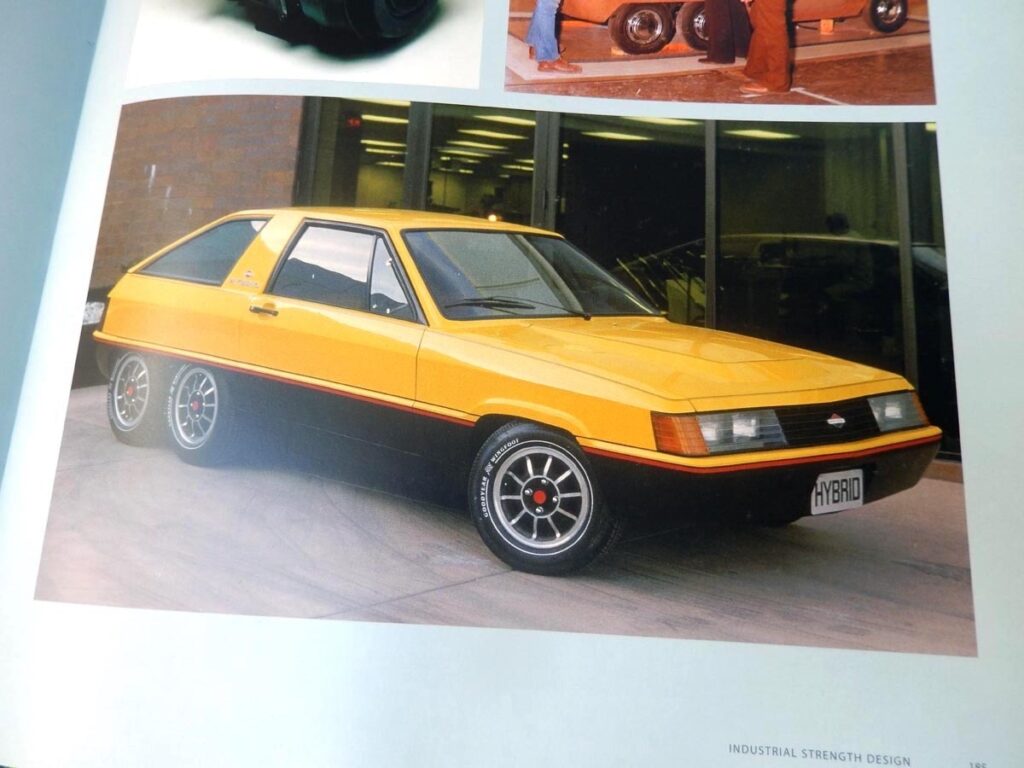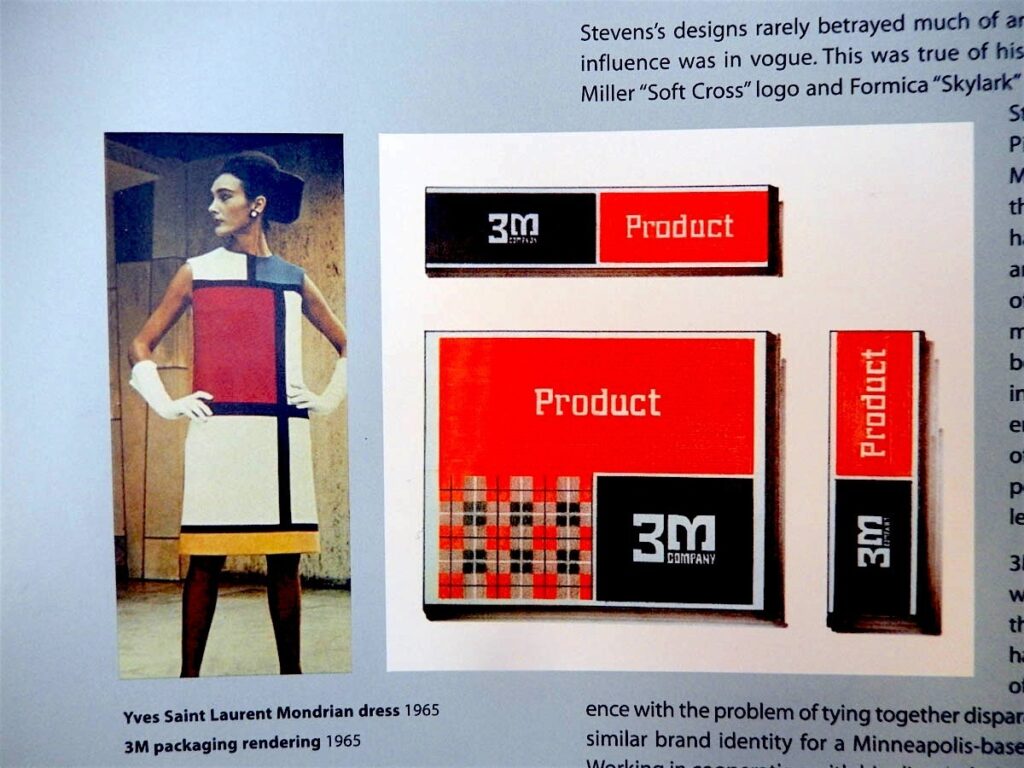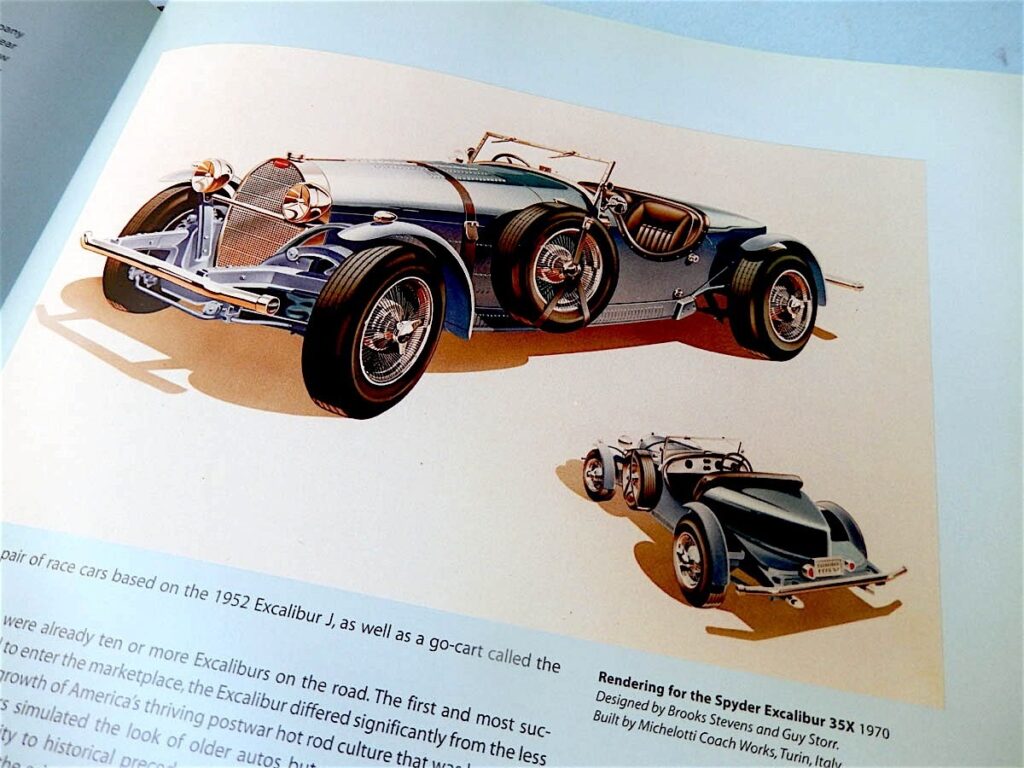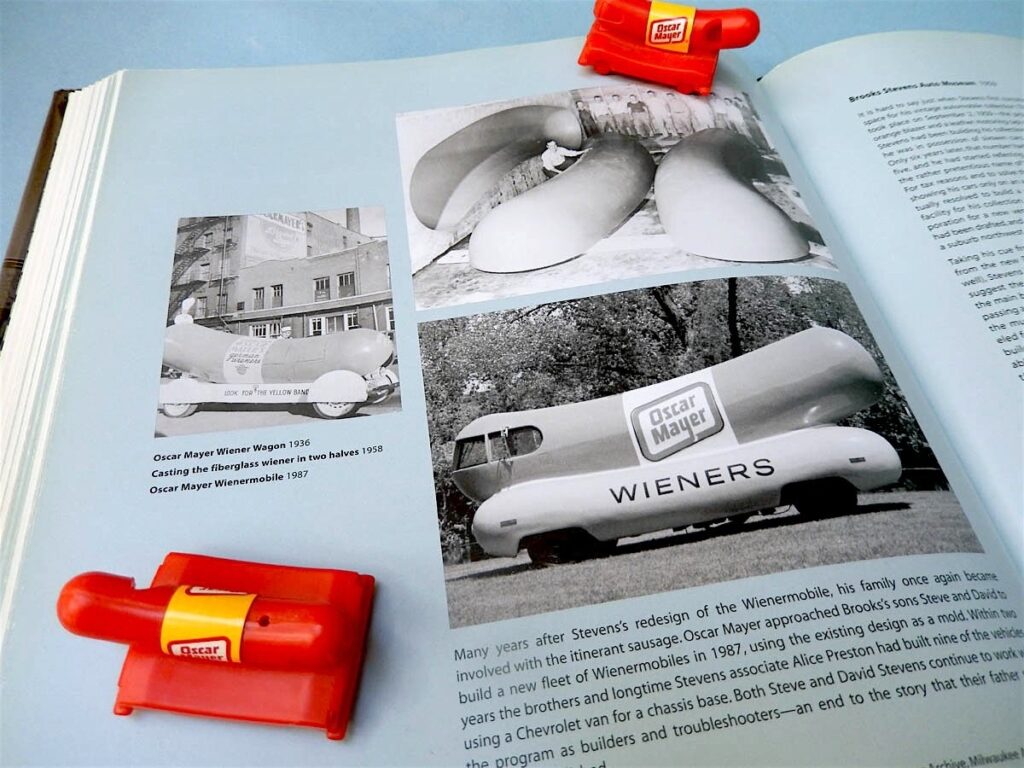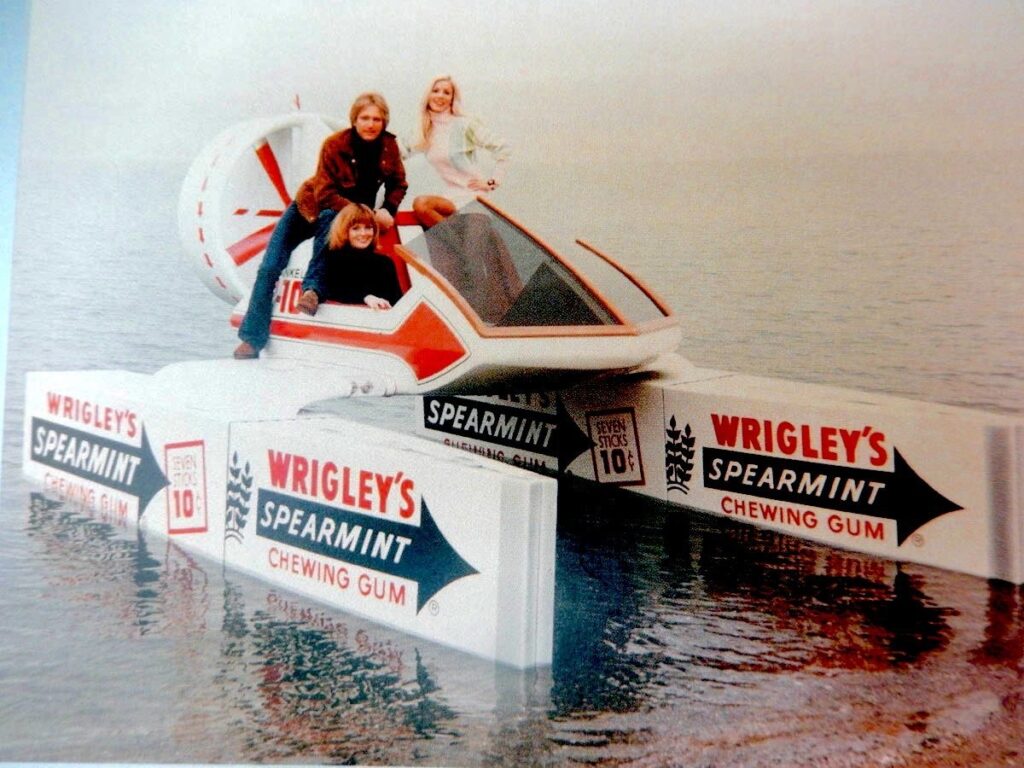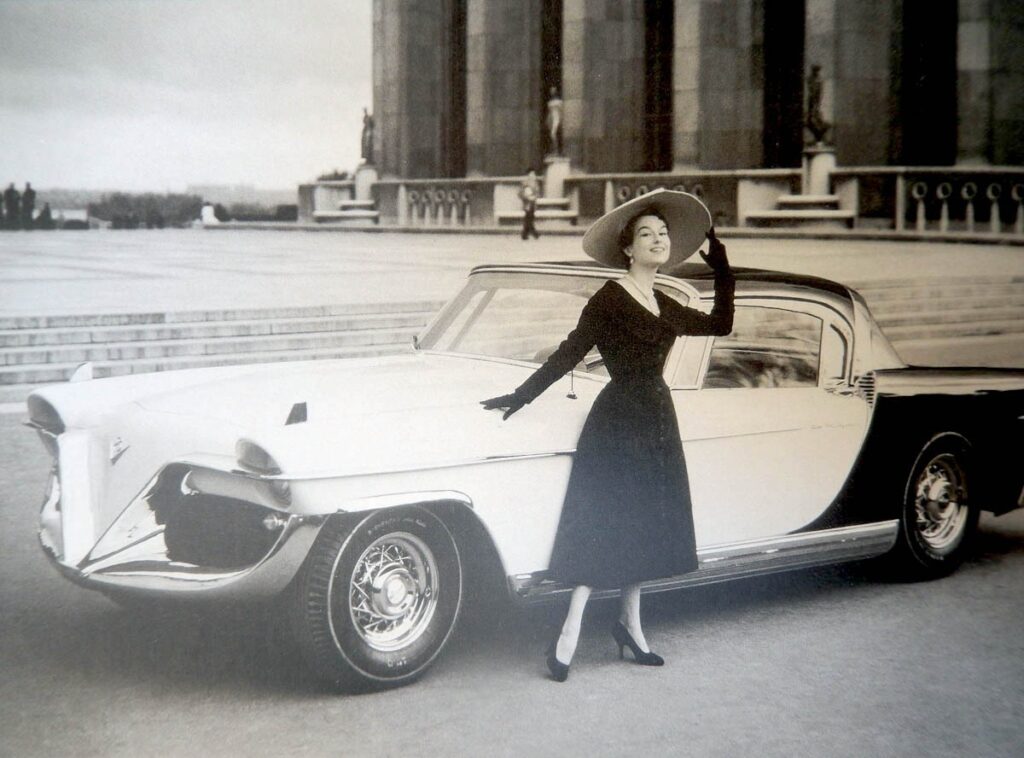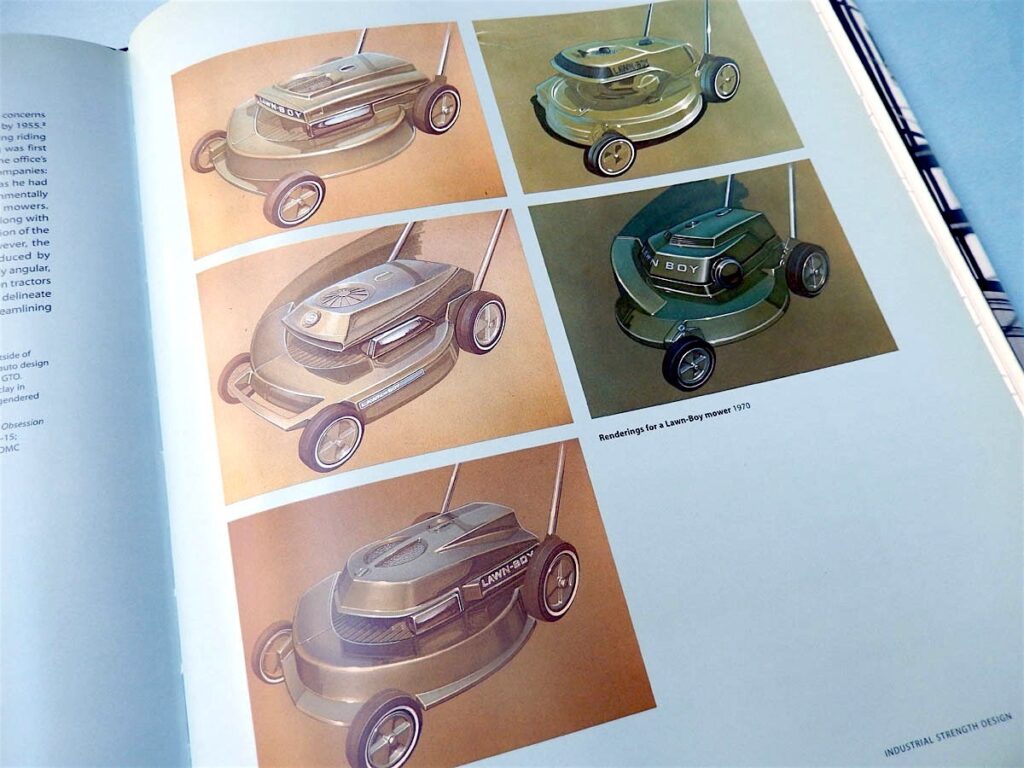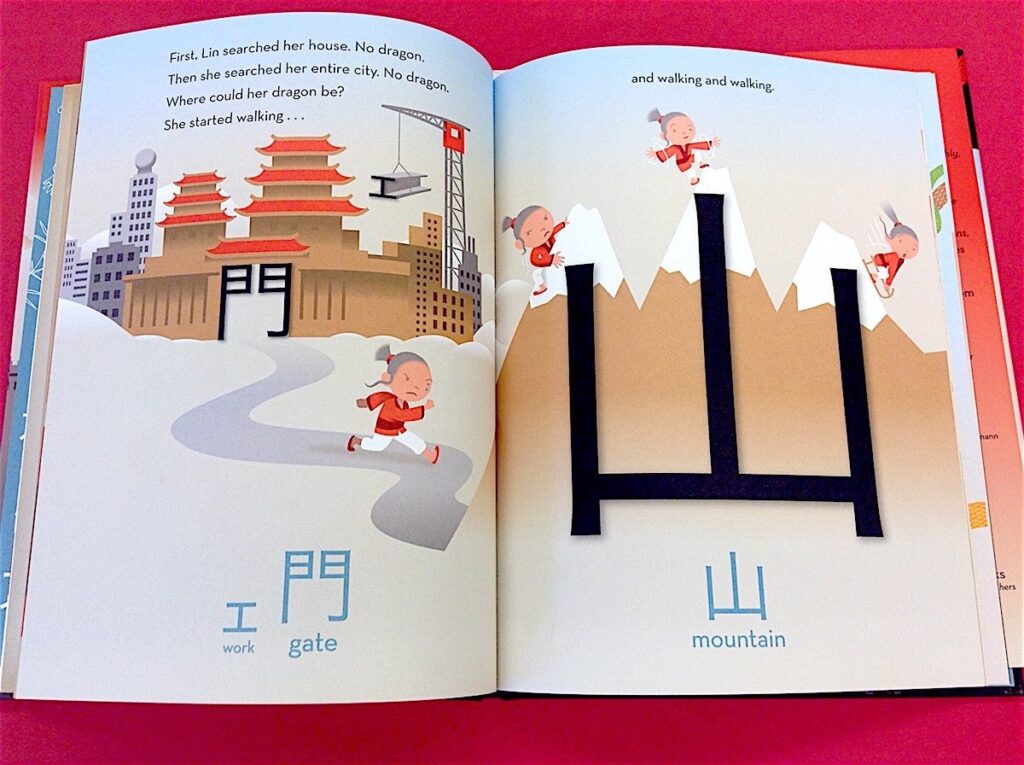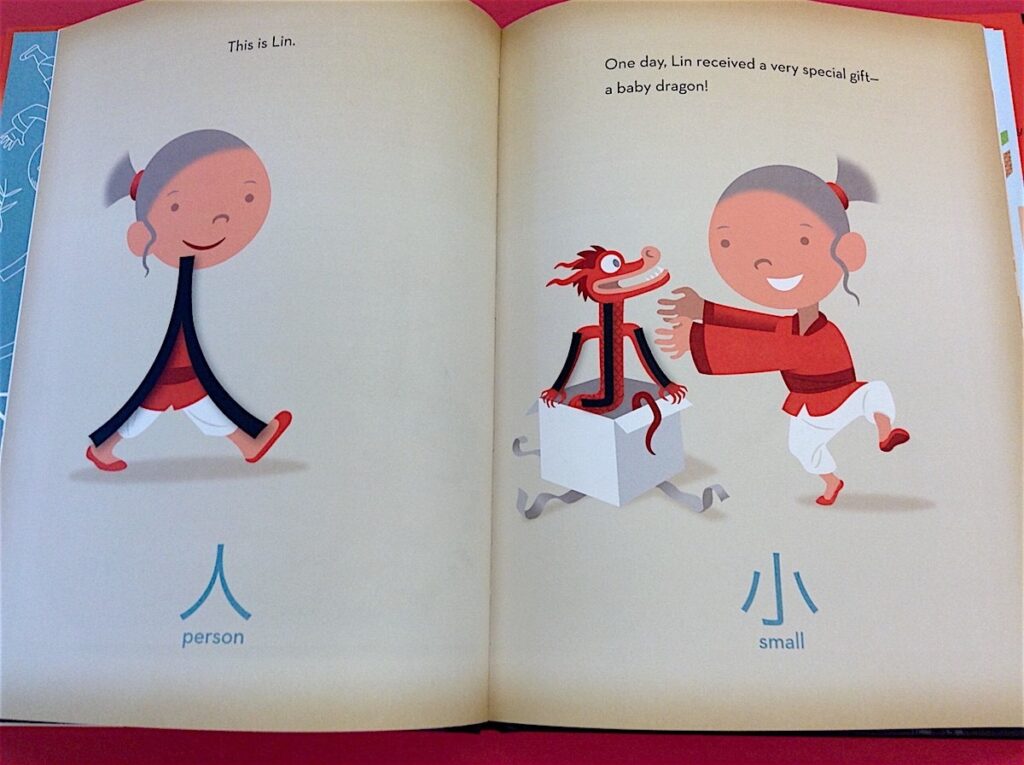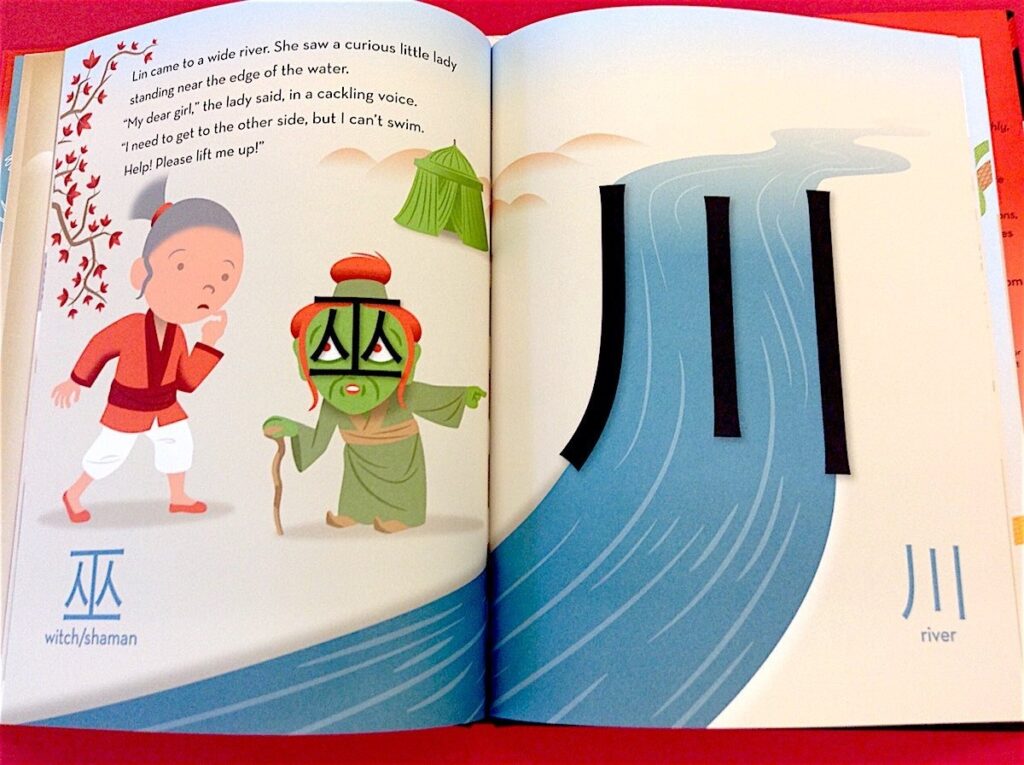Eskimold
Igloo-building kit
This is loads of fun, and a way to get the kids out of the house during the winter. It’s also a way to make a cheap two- or three-person ice fishing house that doesn’t require transport at the end of the season. Any type of snow can be compacted into this nifty device, which will create, quickly, hundreds of perfectly formed, slanted, and stacking igloo building blocks. The Eskimold is different from other snow block kits in that one block edge is concave, the other is convex, allowing them to fit together, almost like puzzle pieces, edge to edge. The blocks also curve in slightly (picture an igloo’s interior walls). The last block on each row has to be trimmed, and a plastic snow knife is included in the kit for that purpose. It works well, since the igloo gradually leans in as it’s built, and the diameter shrinks with each row. A skilled builder could mimic the traditional half-sphere igloo design, and the casual builder (or parent working with kids) will end up with a more pointed, and taller, beehive design, which one can actually stand up in. Unlike the previously reviewed Icebox, the Eskimold is oriented toward play more than serious shelter construction.
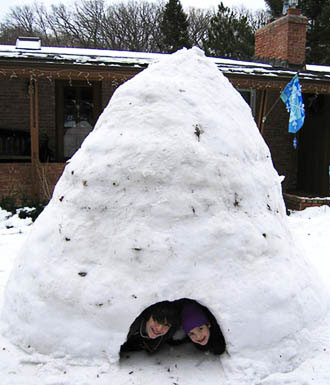
If you have a couple of kids, it works best to get two of them, to avoid fighting between the kids. These plastic buckets are durable, and will last for years. You can make the blocks in advance, if you wish, and let them freeze overnight on a scrap of plywood. It’s simple, but time consuming. We spread it out over two days, with hot chocolate breaks. You do not need to haul the snow to the igloo site (it takes a lot of snow); you can use a shovel to make the blocks a distance away from the site, stack them on a piece of plywood on a sled, then haul them to your building spot. Once you make a block you need to stick it on the igloo, or on a smooth board. If you leave it on the ground, it will freeze there overnight, and you will not be able to use it.
My teenage son actually slept in his own igloo creation one night, and was comfortable in -15 degree F weather. He and a group of his friends used it to make a circular shelter, without a roof, about 15 feet in diameter, and about 5 feet tall, with our metal firepit in the center. This created a nice sheltered bonfire site in the backyard, out of the wind, where they could have adult-free discussions, with food.
12/28/09Eskimold Kit $22






